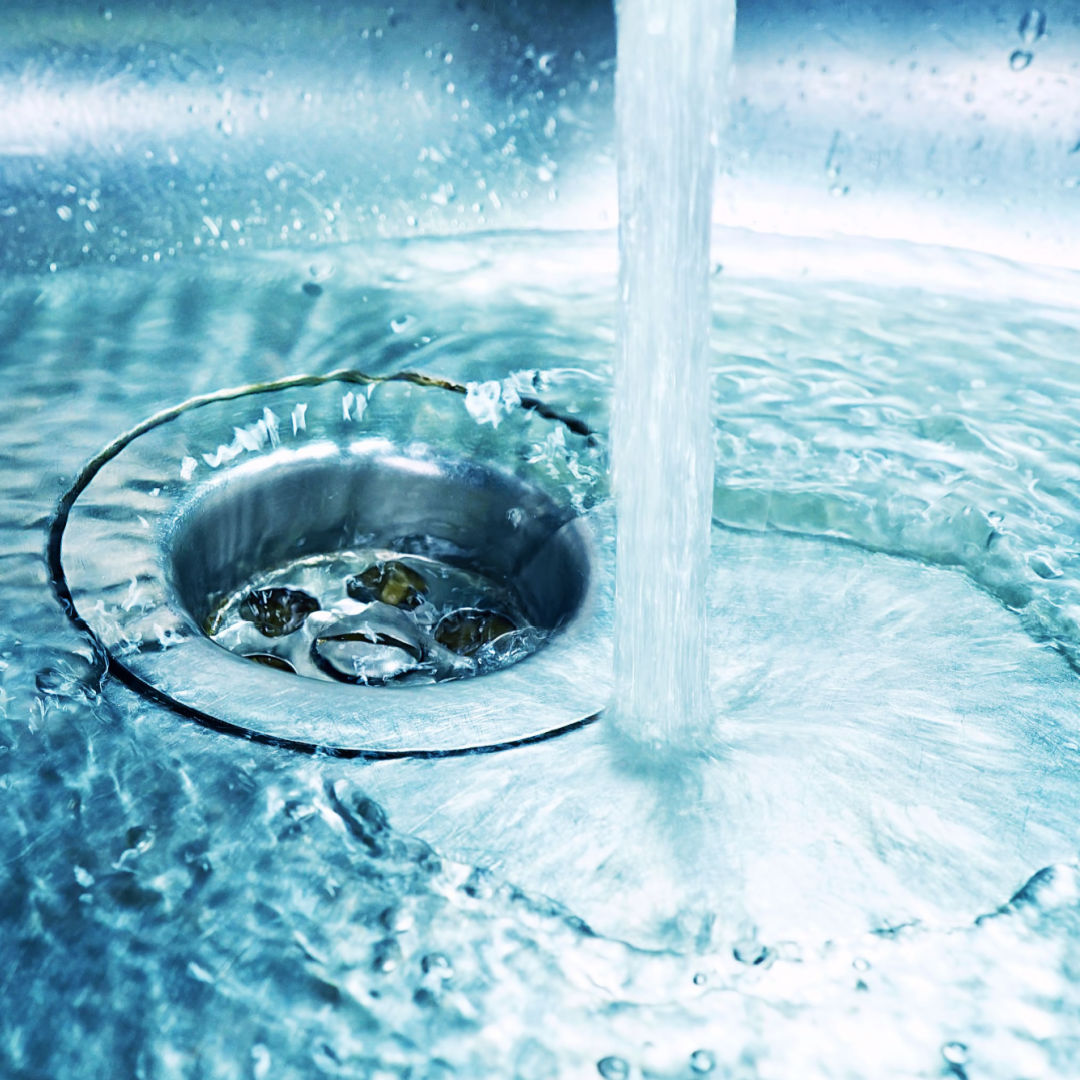Top 5 Heavy Metals Found in Tap Water
Over the past few years, the Flint, Michigan drinking water crisis has brought heavy metals in the water to the forefront of many people’s minds. Now more so than ever before, people across the country are expressing concern about the presence of heavy metals in their drinking water and searching for ways to protect themselves from possible contamination.
Heavy metals are natural formations in the Earth’s crust, named for their high density. These metals include some of the most common ones on Earth, such as tin, gold, copper, and silver, which are widely used in agriculture and manufacturing. Many of these metals are essential to human bodily functions, but in large doses, they can cause serious toxicity, especially in children and developing fetuses.
There are several heavy metals on the World Health Organization’s list of Chemicals of Major Public Health concerns, including lead, cadmium, mercury, and arsenic, all of which can be found in tap water. Here at Optimum, we are dedicated to educating people about the potential risks of drinking tap water and providing helpful tips to prevent toxicity.
Manganese
Manganese is a common metal used in different types of aluminum alloys, as well as an additive in unleaded gasoline, plumbing materials, battery cells, fireworks, and a component of tobacco smoke. Manganese is an essential nutrient required by our bodies in small amounts; however, exposure to high concentrations can cause nervous system toxicity. This heavy metal is found in the surface and groundwater, which is how it can make its way into your water supply. We suggested having your water tested by a professional to ensure there are no toxic levels of manganese in your water.
Cadmium
Cadmium is a common heavy metal used in metal plating, machinery, and batteries. Cadmium poisoning can occur when consuming plants and animals that were exposed to contaminated water or soil; however, the World Health Organization explains that cadmium usually makes its way into our water through “impurities in the zinc of galvanized pipes and solders in fittings, water heaters, water coolers, and taps.” Short-term exposure to this heavy metal can cause nausea and vomiting, but more serious overexposure can lead to cancer as well as kidney, liver, and musculoskeletal damage.
Arsenic
Arsenic is a common heavy metal in the Earth’s crust, sometimes resulting from volcanic activity or other natural processes. However, human activities such as pesticide production and mining have led to increased concentrations of arsenic in groundwater. Arsenic is one of the most toxic heavy metals that can make its way into your water through natural erosion from rocks and soils, agricultural runoff from orchards, or waste streams from metals and electronics industries. In small doses, arsenic exposure can cause skin discoloration, stomach pain, nausea, and diarrhea. However, chronic arsenic poisoning can cause neurological problems, cardiovascular disease, immune system disorders, cancer of the bladder, lungs, skin, kidney, liver, or prostate, and even endocrine issues such as diabetes.
Copper
Copper is the most common heavy metal to appear in tap water. This is because copper can leach into tap water if pipes, faucets, and other plumbing fixtures begin to corrode. It can also get into your water supply if the groundwater has not been sufficiently treated. Copper is another element that is essential to your health, but too much of it can cause vomiting, diarrhea, stomach cramps, and even kidney and liver disease.
Lead
Lead is a fairly soft, highly malleable naturally occurring metal that is considered harmful at any dose. The most common way it gets into your drinking water is through the corrosion of pipes or plumbing fixtures. Older homes (built in the 1930s or before) are often equipped with copper plumbing systems that are prone to corrosion, so this is most likely to occur in older homes. New rules created for developers and homeowners in 1966 restricted the threat of lead in drinking water, though it was still used in plumbing materials until the 1980s. Lead can also get into your water source when natural deposits erode into it or when industrial activity leaks it directly into your water.
Even small amounts of lead in your water can be dangerous, as it accumulates in your body over time, causing damage to your brain, liver, kidney, heart, or bones. Exposure to lead can also cause autoimmunity, causing your immune system to attack its own cells, leading to rheumatoid arthritis, nervous system dysfunction, or kidney disease. Children are especially vulnerable to lead poisoning, which can cause developmental damage, lower IQ, seizures, and even death.
Optimum Bottleless Water Systems
For those of you who are concerned about heavy metals in your drinking water, look no further. Here at Optimum, we are proud to offer bottleless water coolers that employ five-step filtration processes to bring you the safest, cleanest drinking water.
Our various filtration methods remove toxins and natural elements from your drinking water while also restoring minerals and electrolytes. Browse our products and find out more about how you can bring clean drinking water to your business. Clearly. Pure. Water.



